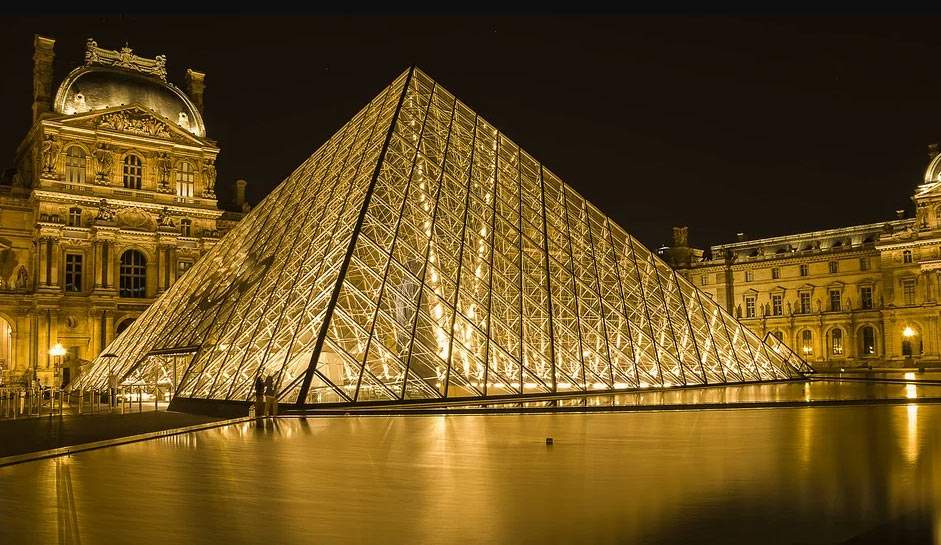Across Europe new lockdowns begin to close museums. What will happen in Italy?
The second wave of the Covid-19 pandemic is back to hit culture across Europe. On these pages we have already discussed extensively the dpcm that, in Italy, closed cinemas and theaters, but now museums are also at risk. The first country to establish a museum lockdown wasIreland, the first European country to enter the so-called lockdown for the second time, and it was closely followed by the Brussels region of Belgium: here, too, museums closed. In Switzerland, too, museums are beginning to close: starting in the canton of Valais, where bars, cinemas, theaters, museums, libraries, swimming pools, brothels, and nightclubs have been decreed to be closed since October 22.
Museums will also be closed in Germany as of Monday, November 2: Berlin has in fact decreed an almost total lockdown, with only schools, public offices, churches (where religious services can continue to be held) and stores being open, the latter, however, having to guarantee a space of at least 25 square meters for each customer. Finally, France will enter lockdown again this Thursday, and museums across the country will remain closed.
How will Italy move forward? At the moment the situation is rapidly evolving, and a new lockdown for our country is not ruled out, perhaps initially limited to centers where the spread of the contagion is most sustained (Milan and Naples are mentioned). In recent days there have been strong protests over the closures of cinemas and theaters, even on the grounds that places of worship have not been closed and, indeed, the celebration of religious services is still allowed. So what will happen to museums? At the moment nothing leaks out from the Ministry of Cultural Heritage: if Italy follows the example of other European countries (as it can be expected to do), museums will not shy away.
However, it is also true that our country has two elements that distinguish it from other countries: an extremely widespread and diffuse museum landscape, and the fact that museums in Italy are considered essential public services. The first element makes museums essentially low-risk places (most museums are little-visited sites, where the chances of infection are very low), while as the second might be such an element as to argue in favor of an exception for the opening of museums in the event of a generalized lockdown: during the first wave they were the only essential public service to close. Who knows, this time they may act differently: but it will not be easy.
Pictured: the Louvre at night.
 |
| Across Europe new lockdowns begin to close museums. What will happen in Italy? |
Warning: the translation into English of the original Italian article was created using automatic tools. We undertake to review all articles, but we do not guarantee the total absence of inaccuracies in the translation due to the program. You can find the original by clicking on the ITA button. If you find any mistake,please contact us.





























